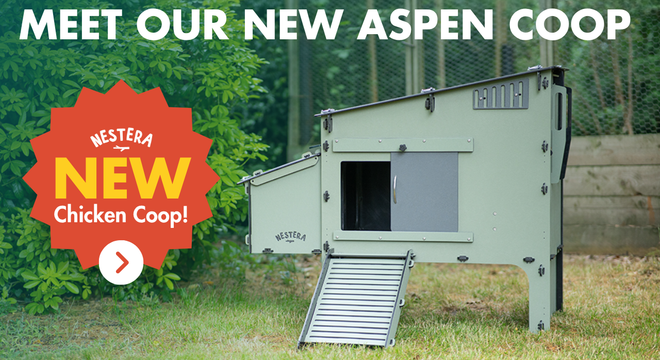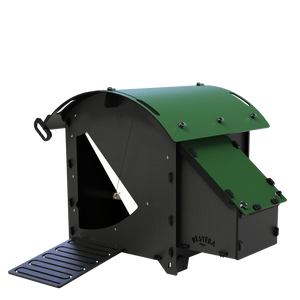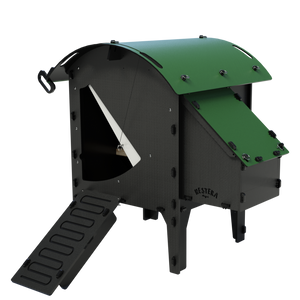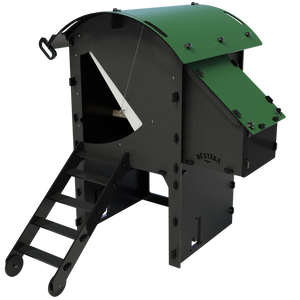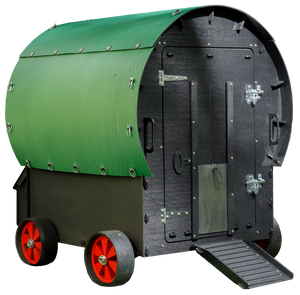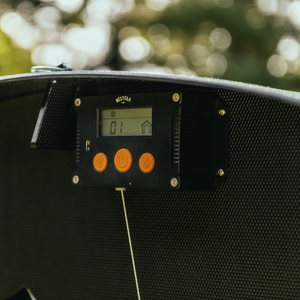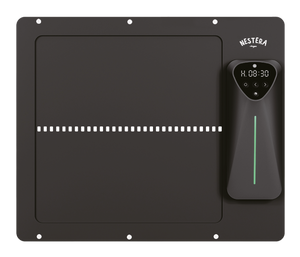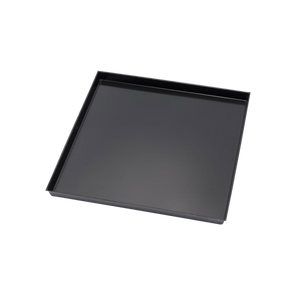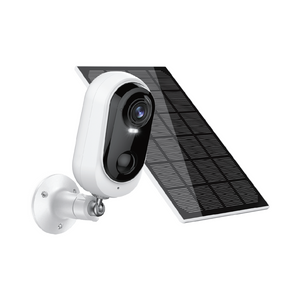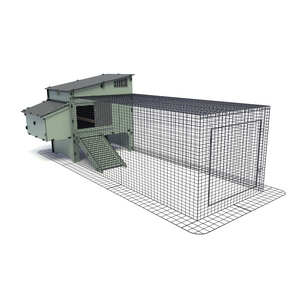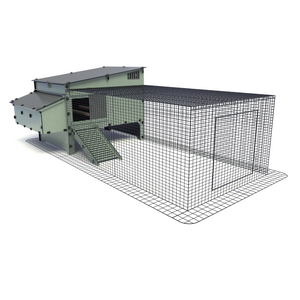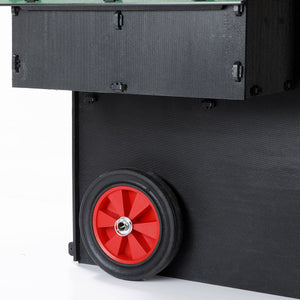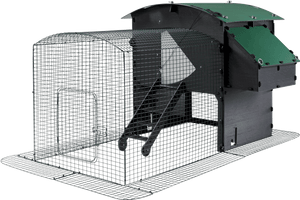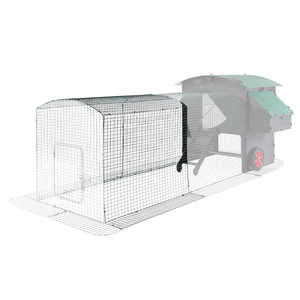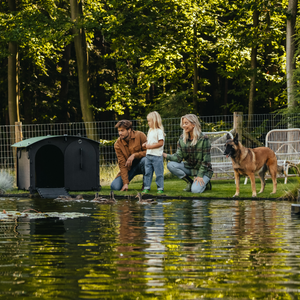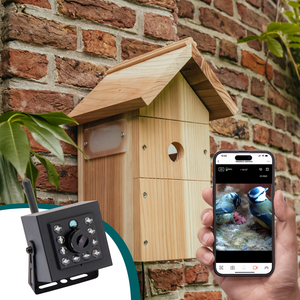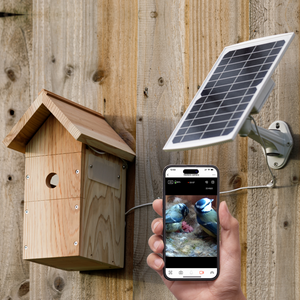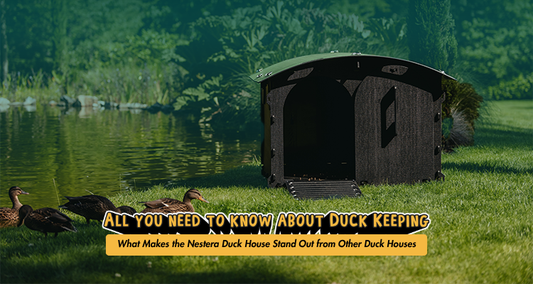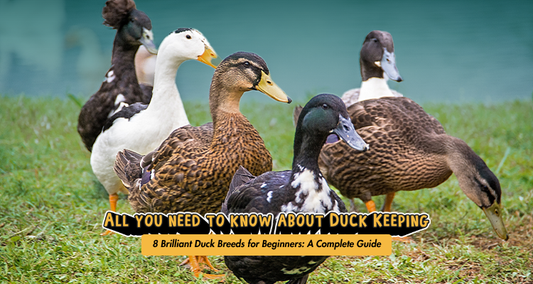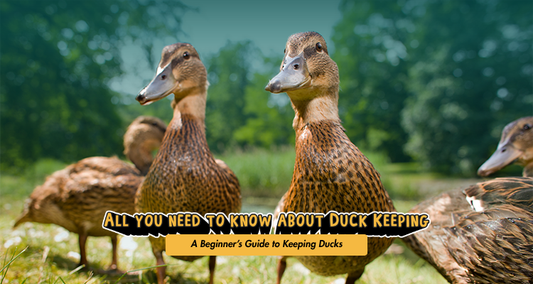What Are Red Mites?
Red mites are exoparasites that feed on chicken blood while living in their housing. These tiny pests are most active at night, making detection challenging.
Red mites spread through wild birds, new flock members, or second-hand wooden coops. Always source birds from reputable suppliers to minimise risk. Red mites are common in commercial flocks, so be cautious with rescue hens.
Red Mite Habitats and Life Cycle
Red mites thrive in warm, dark places, like perch ends, crevices, or under felt roofing. They prefer soft wooden surfaces and hide in tongue-and-groove joints. Their life cycle from egg to adult is only 5-10 days, leading to rapid infestations. One bird can host 26,000+ mites in 9-10 weeks, especially in Spring, Summer, and Autumn.
Identifying Red Mites
Juvenile red mites look white or grey, turning red or brown after feeding. Infestations cause chicken anaemia, reduced egg production, weight loss, and even death. Look for signs like ash-like deposits, itchy feelings after cleaning, or hens reluctant to roost.

Effects of Red Mites on Poultry
- Health: Red mites cause anaemia, pale combs, lethargy, and skin irritation, leading to feather pecking and infections.
- Productivity: Infestations reduce egg production and may cause thinner eggshells.
- Behavioural Changes: Infested birds show restlessness, frequent preening, and abnormal behaviours.
- Disease Transmission: Red mites spread diseases like Salmonella and Avian Influenza.
Managing Red Mite Infestations
Different housing types require different management strategies. Red mites live in coops, not on birds, making environment control crucial. Avoid hosing or jet washing coops, as it displaces mites. Instead, use high temperatures to eradicate them.
Recycled Plastic Housing:
- Dismantle the coop and soak components in hot water, avoiding the automatic door unit.
- Wipe larger pieces with hot soapy water, rinsing the cloth regularly.
- Rebuild the coop with clean bedding.
Blown Plastic Housing:
- Dismantle and soak components in hot water.
- Clean larger pieces with soapy water.
- Flush out mites from air-vented panels.
Wooden Housing:
- Dismantle the coop and discard felt roofing.
- Use non-toxic liquids or a heat gun to treat remaining mites.
- Rub candle wax on wood ends to prevent mite penetration.
- If infestation persists, consider replacing the coop.
Additional Treatments:
Use medications like herbal or chemical treatments in drinking water to kill mites. Seek veterinary advice for prescriptions.

Top 5 Tips for Preventing Red Mite Infestations:
- Check new flock members for mites before adding them to your flock.
- Restrict contact with wild birds by using a walk-in run or aviary and covering food and water.
-
Provide dust baths with materials like cold wood ash or diatomaceous earth.

- Stay vigilant for mites and their ash-like deposits during cleaning.
- Use recycled plastic coops for easy maintenance and long-term hygiene.
By following these steps and tips, you can effectively manage and prevent red mite infestations in your chicken coops, ensuring healthier and more productive flocks.
